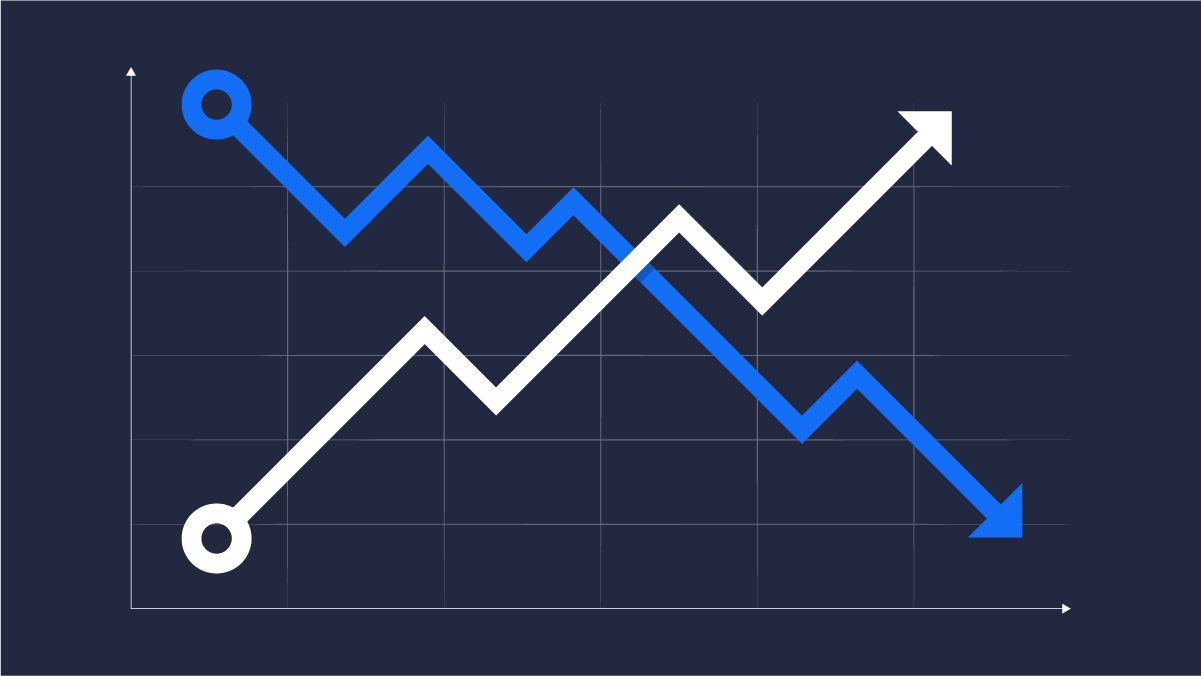What Is a Restaurant Profit & Loss Statement?
October 6th, 2023
Share:

Disclaimer: The following content is provided solely for informational purposes and is not intended to serve as accounting, tax, legal, or other professional advice. You are solely responsible for your own compliance with laws and regulations. You should contact your accountant, attorney, or other relevant advisors for advice specific to your circumstances.
What’s the key to running a successful restaurant business? Keeping costs and expenses low, while simultaneously increasing sales and profit margins — all without compromising quality or service.
Tracking data in the form of a profit and loss statement (also known as a restaurant P&L) is vital to monitoring a business' financial health — especially in the food and beverage industry. With increased wages and inflated food costs to account for, a restaurant profit and loss statement will help you keep track of the data you need to keep your restaurant in the black.
Profit and Loss Statement: What Is It and Why Is It Important?
Having profit and loss data at your fingertips is essential, but it won't be very helpful if it’s not organized or updated frequently. A restaurant’s profit and loss statement is a master overview of all sales, costs, and operating expenses in your restaurant.
By monitoring expenses and revenue to determine net profit or loss during a specific date range, you’ll be better equipped to make decisions that benefit your restaurant and increase your profits — thus, increasing the likelihood of success for your business.
A restaurant’s profit and loss statement is the key to:
- Identifying where to scale or cut costs
- Finding areas of the business to improve or double down
- Encouraging management to stay accountable in hitting key metrics
If you’re not sure how to read a P&L statement — let alone how to create one — you’re not alone.
Many restaurant operators don’t always grasp what a P&L contains, so this guide will simplify terms and help you create a basic statement to start tracking data in your business.
What Information Is Needed to Create a Profit and Loss Statement?
Whether you’re just getting started with a profit and loss statement or you’re looking for a more efficient way to collect the necessary data, here are the components you need:
- Sales – Includes sales from all revenue centers and a breakdown of each revenue item.
- Less: Cost of Goods Sold (COGS) – Includes the direct cost associated with the food and beverage inventory.
- Less: Operating expenses (Selling, General and Administrative or SG&A) – Includes every expense required to keep daily operations afloat. This section lists them all, from marketing to supplies, necessary repairs, and occupancy expenses (i.e., rent, taxes, insurance, utilities).
- Less: Labor costs – Includes salaries and wages for chefs, bussers, wait staff, and hosts. A vital number to monitor as tracking labor costs helps you determine how to schedule employees best.
- Equals: Net profit (or loss) – Once you have the above information, compare it to the restaurant's total sales. If the number in this section is greater than the total of the above, the restaurant is operating with a profit. The business loses money if the total is less than what’s going out every month.

One of your go-to sources for finding most of this information is your restaurant POS system. For instance, with SkyTab POS, you can log into the back office, Lighthouse, and pull reports for sales, labor, and inventory costs. You can also select a predefined date range or set a custom date range.
Creating a Profit and Loss Statement
There’s always a way for you to track your restaurant’s financial health. Even if it means creating a P&L using a basic spreadsheet or using reports from a point of sale system, staying on top of the total sales and costs is the best way to stay on track. Every business is unique, so don’t be afraid to create a statement that works for you!
Creating primary sections and tracking revenue and costs is enough for some restaurants to make sound business decisions. Larger or more complex restaurants might need to break things down further when creating or customizing a profit and loss statement.
For example, in a basic P&L statement, you can list all COGS based on food and beverage type to determine the profitability of each category. This will allow you to analyze the cost and revenue associated with food items like appetizers, main courses, or desserts, and beverages.
But maybe you want to track other areas where you’re spending money, such as marketing. For more complex businesses, you may want to track your marketing and special event expenses on a monthly basis. This enables you to evaluate the effectiveness of your marketing campaigns and investment in special events. You can identify how much money you are spending on these activities and assess whether they generate increased revenue or customer engagement.
How to Analyze Data From Your Restaurant’s P&L Statement
 Putting the information together is a big challenge, but the other half is understanding how to use that data to make informed business decisions. Depending on where your restaurant falls in the net profit or loss column, the P&L statement helps you better see what’s working and what’s not. Additionally, the P&L is essential in allowing you to forecast sales or upcoming costs during various restaurant seasons.
Putting the information together is a big challenge, but the other half is understanding how to use that data to make informed business decisions. Depending on where your restaurant falls in the net profit or loss column, the P&L statement helps you better see what’s working and what’s not. Additionally, the P&L is essential in allowing you to forecast sales or upcoming costs during various restaurant seasons.
To identify strengths and weaknesses in your restaurant, collecting and analyzing data is critical. The information taken from your P&L helps you get crystal clear information on everything — from which dishes are selling best (or not) to whether or not there’s enough money coming in to sustain your restaurant. It’s vital data you want before making a decision. Think of your restaurant’s profit and loss statement as the pulse of your reporting data. It sets the rhythm and tone for all your business decisions.